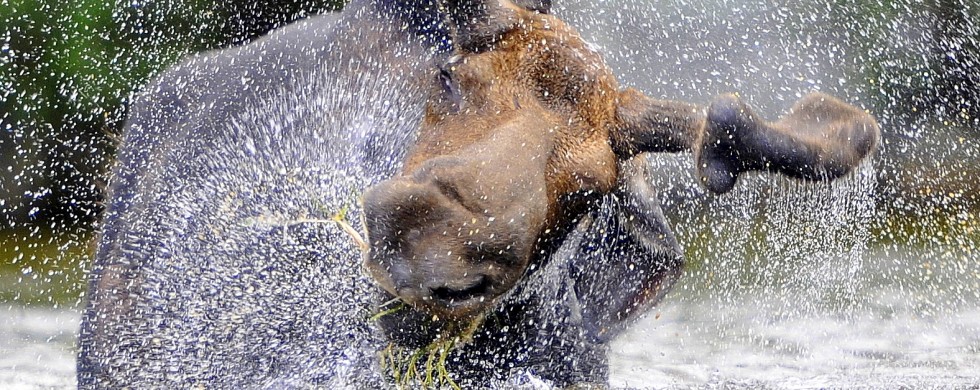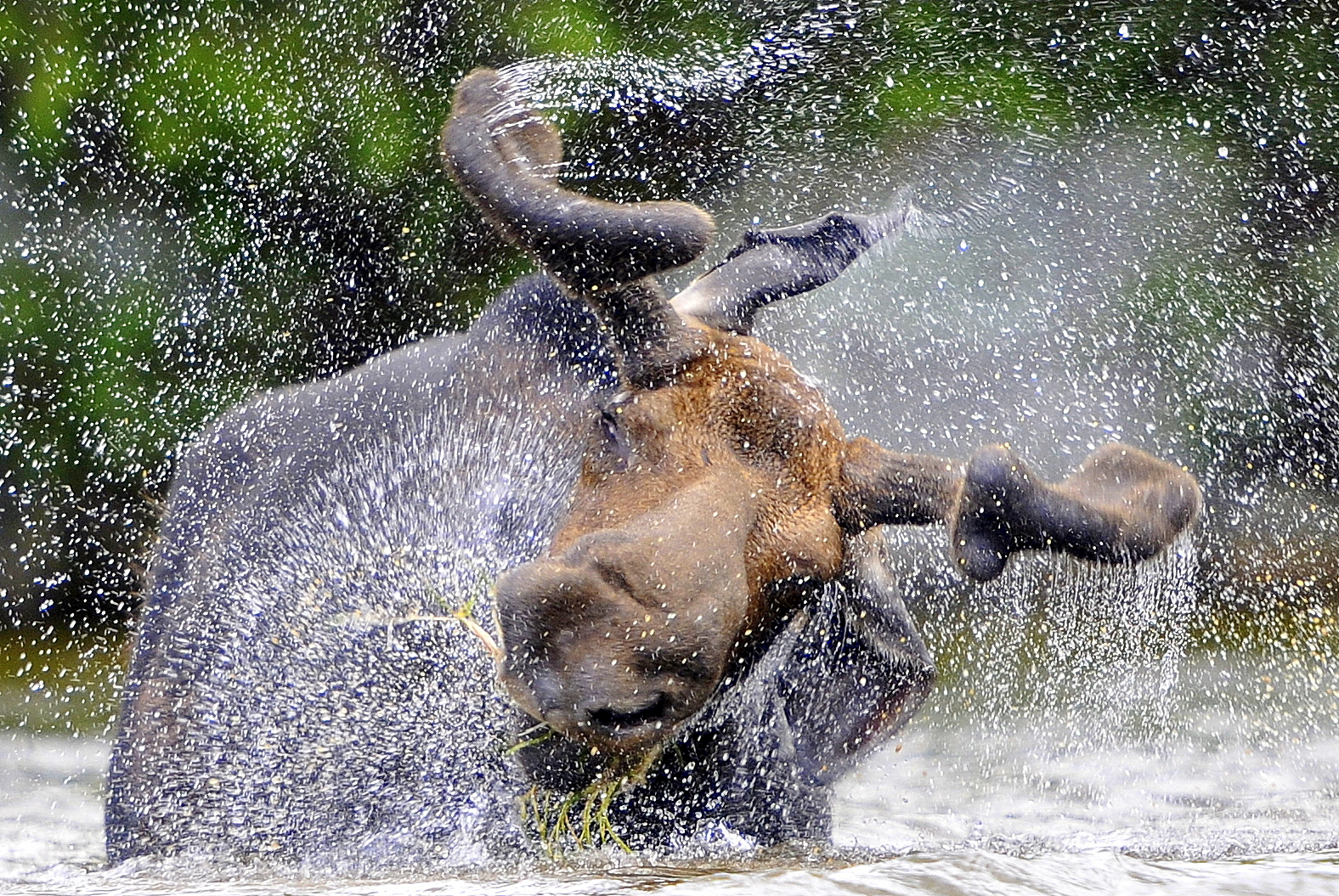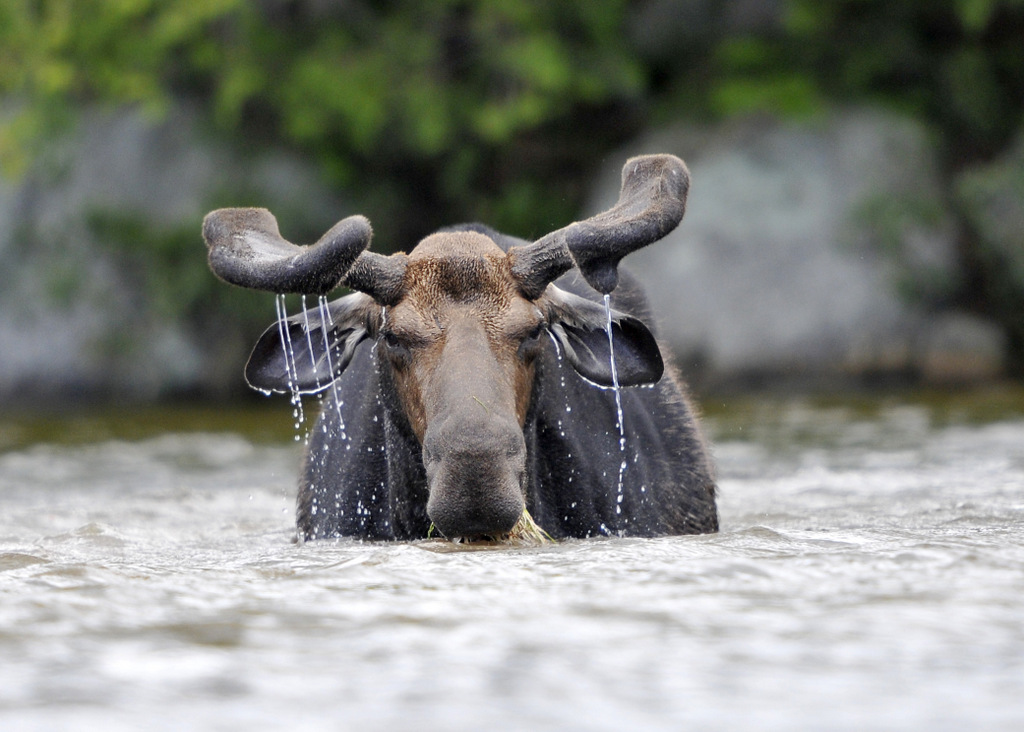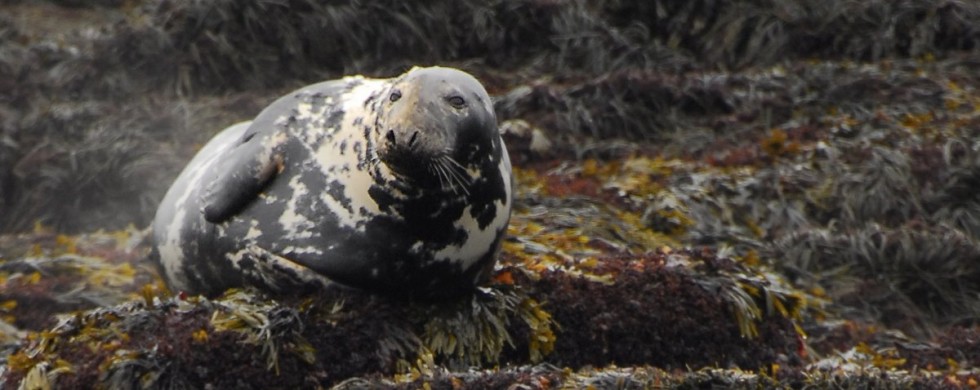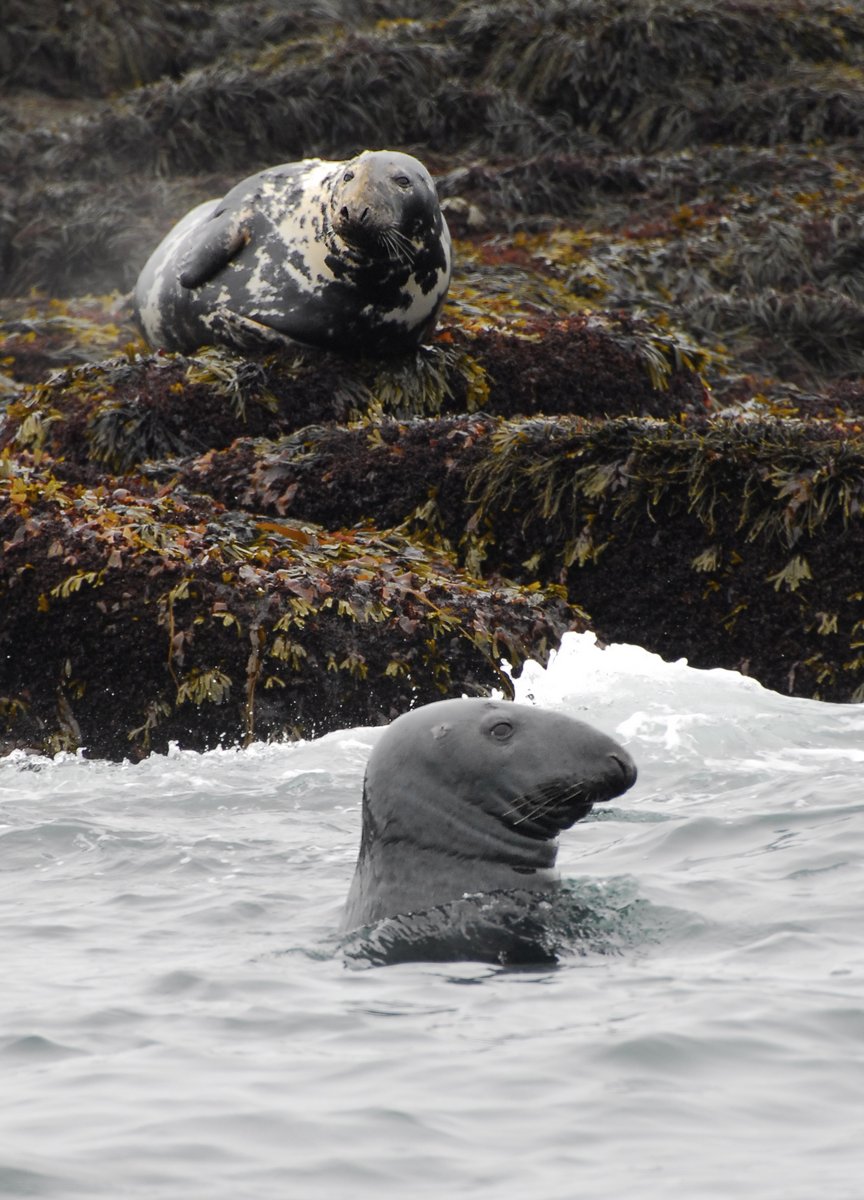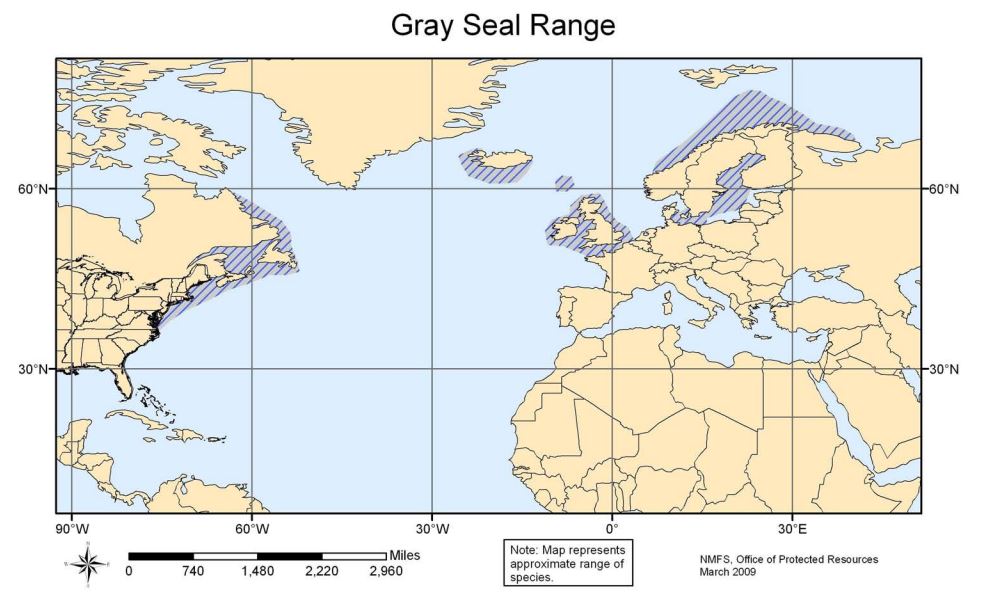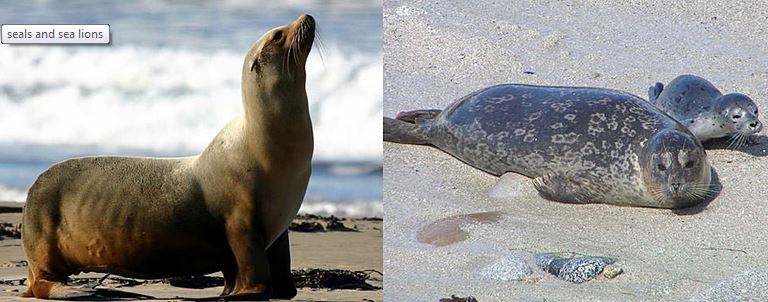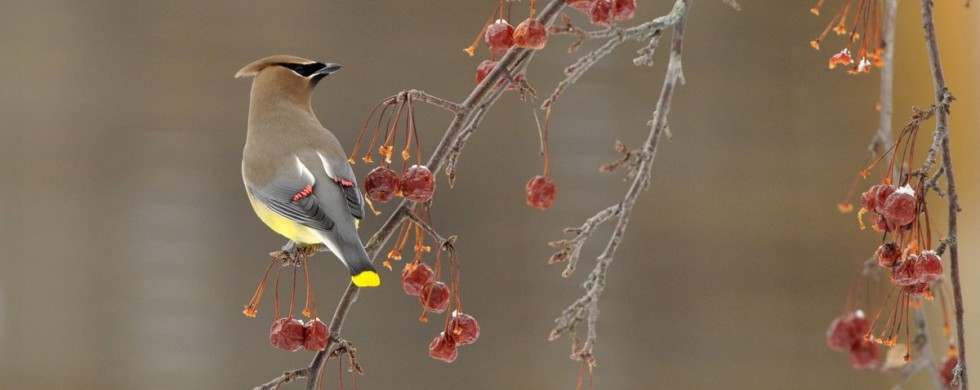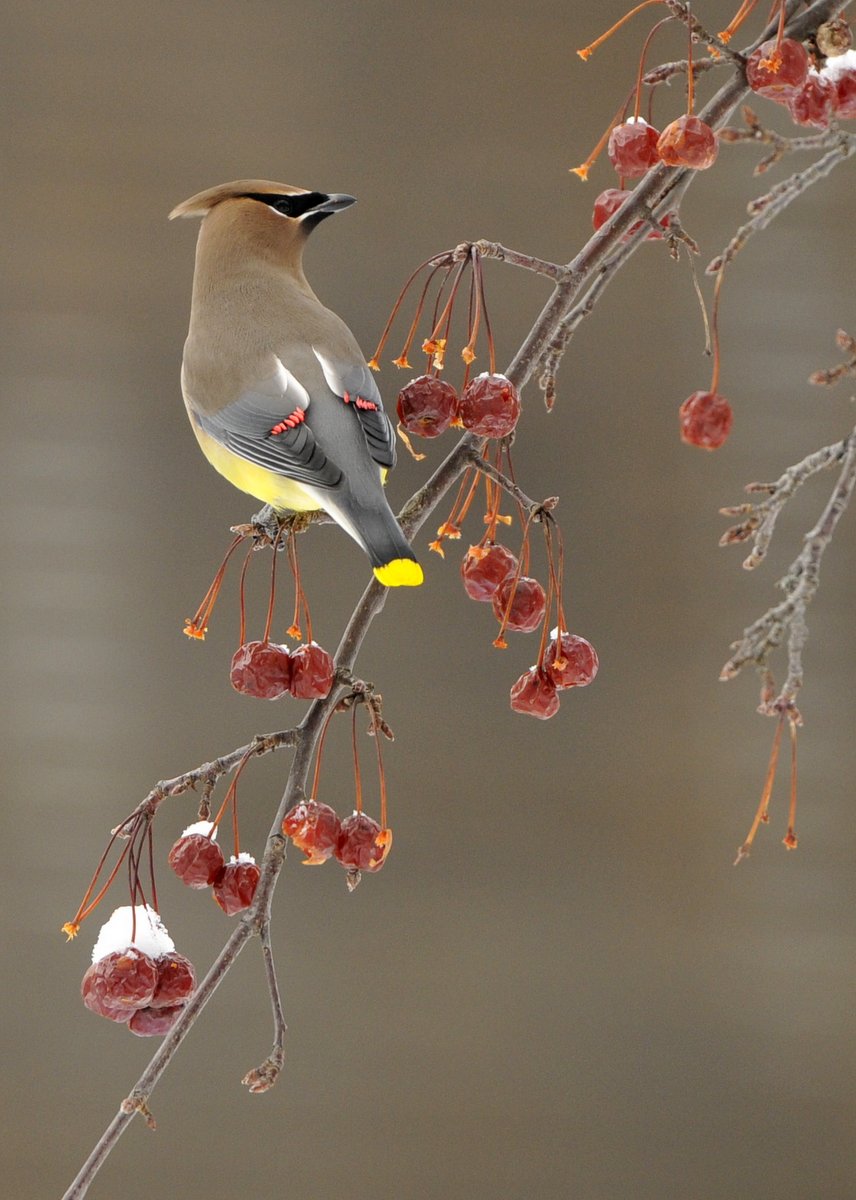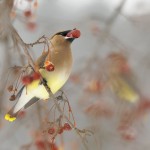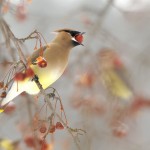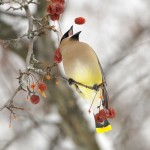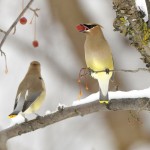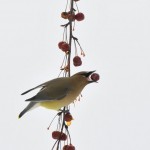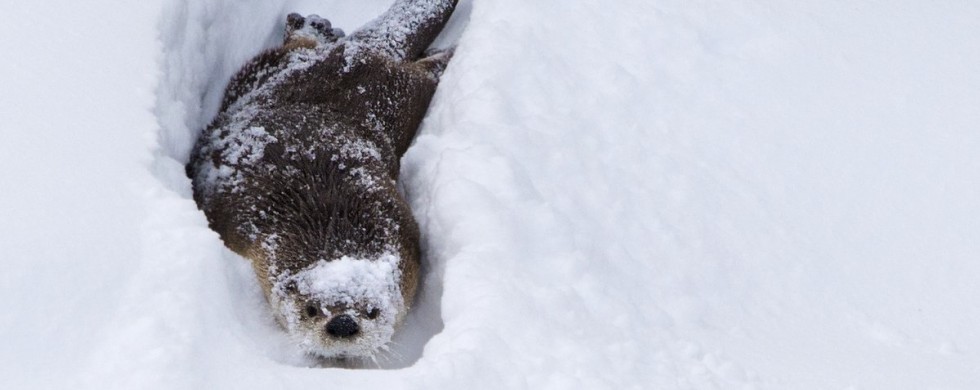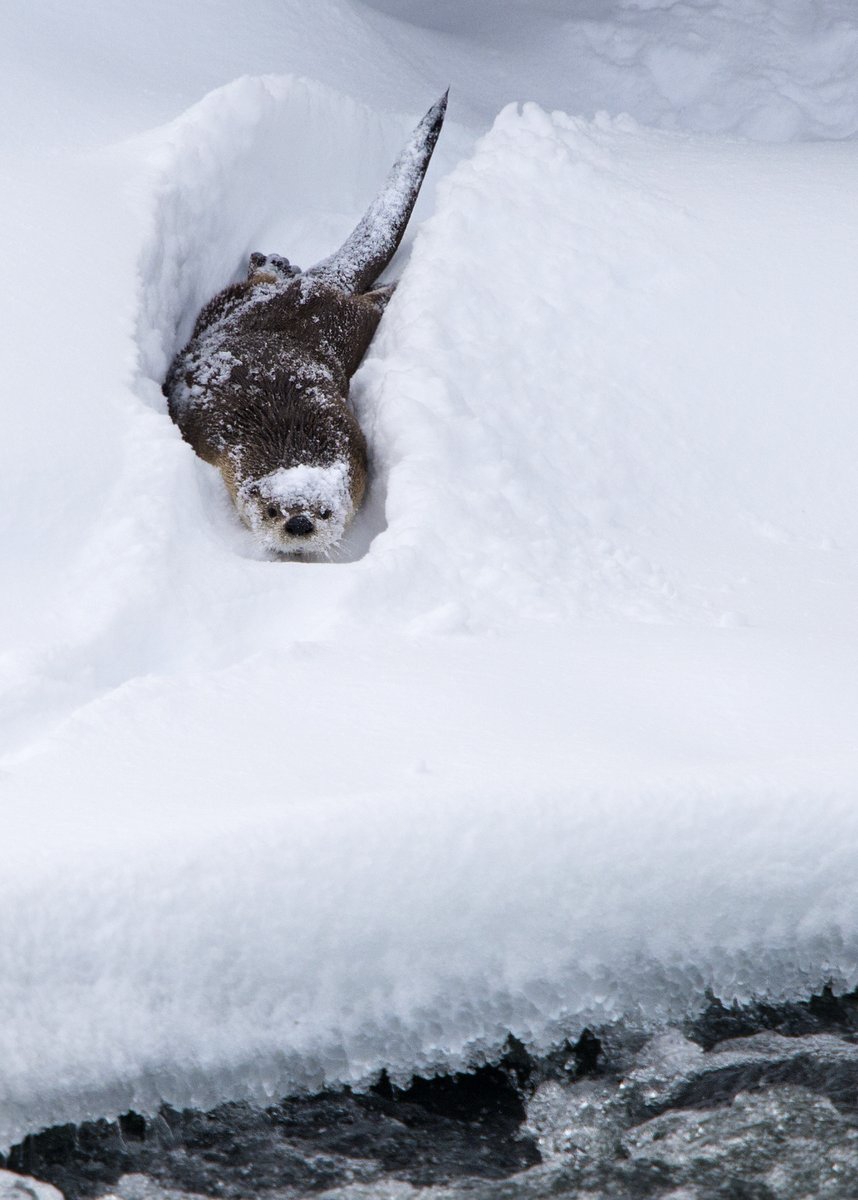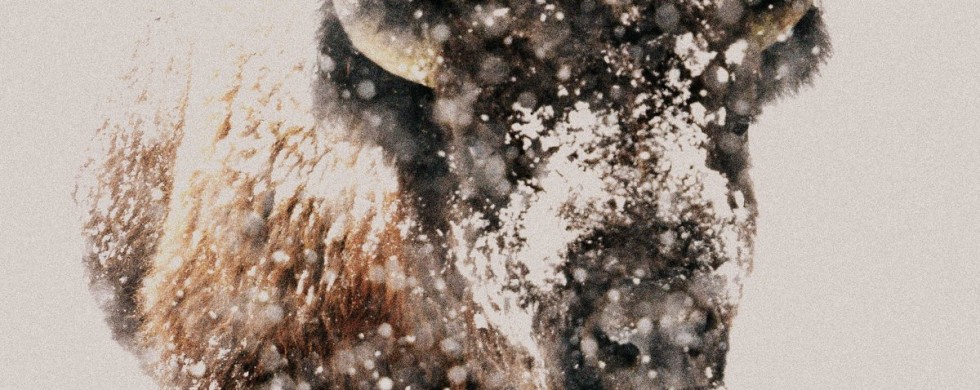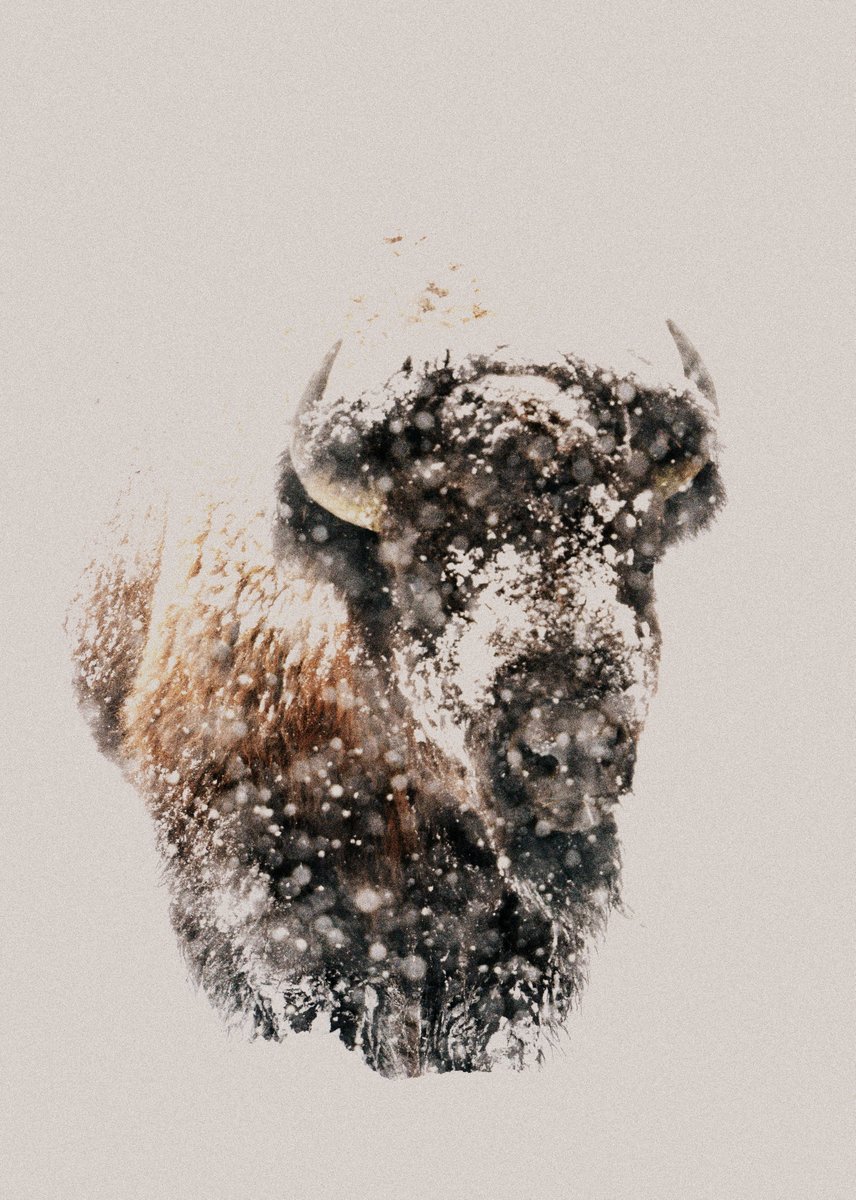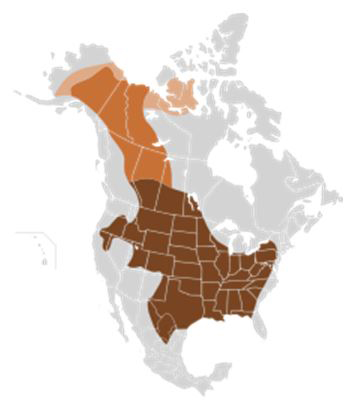31
Shot of the Month – May 2014
Having moved to Vermont a few years ago I knew that one of my photo projects would be to try and get a decent image of one the marquee mammals of the American Northeast – da moose. Such projects begin with desk research, or more accurately nowadays, Google search. I scoured the internet for images of moose to get a sense of what’s possible, the best places to go, when to go, and so forth and so on. I was surprised by how few, really interesting images that I could find. Moose are large, rather gangly, and brown (similar to my dilemma with elephants, err, large and gray). Moose are most active in the early morning or late afternoon so the light can often be very dark, which is not good when your subject is already brown. A brown moose, standing still, in lackluster light. B-O-R-I-N-G. Fun to see in person, but not a recipe for a noteworthy photo.
The best images I found were either taken with a moose in water or with a moose captured among the fall colors.
Based on my findings I imagined the “ideal” shot — I wanted to get an image of a bull moose standing in the water (lake, pond, or river would do) with water cascading off his massive antlers with a mountain forest covered in glorious autumn colors as a backdrop. Piece of cake…
I learned that Maine was probably the best place to find moose in New England so I researched potential guides and called one to see if we could come to an arrangement. I described my ideal shot. The guide, admirable in his restraint, patiently explained why that combination of elements was pretty close to impossible.
What this flatlander boy didn’t realize was that Moose don’t have antlers year-round. Bull (male) moose grow antlers starting in the spring and reach maximum size in the fall — just in time to battle other bulls for the right to mate with cow (female) moose who are coming into season. With the rut over the antlers fall off at the beginning of winter as they are no longer needed and would be a huge burden (they can weigh 50 pounds) walking in the deep snow during a period when food is so scarce. During the summer moose feed heavily on aquatic plants that are rich in sodium. They will wade into a pond or lake and pull up lilies and pondweed. Some moose will even dive underwater to reach some plants.
So here’s the rub. Want big antlers and bright fall colors? Late September is the time to get that shot. Want to find a moose eating in the water? That happens during the summer, June-August. By the time fall colors have arrived, most water lilies and aquatic plants have stopped growing so it will be really, really hard to find a moose feeding on them at that time. Early in the summer moose can “regularly” be found in water dining but usually their antlers are fairly small and not fully developed.
So, there I was in Maine’s Baxter State Park, with low expectations on an otherwise lovely June day when this bull moose walked out into the pond and began to dunk his head for a meal. What he lacked in antler size he made up for in action. Every once and a while the moose would shake his head like a dog to shake the water off (Note: This was the ONLY moose I have seen do this). Just the extra element I needed to take a “nice” photo into the realm of something special.
Most of the time the moose was standing perpendicular to my position so I could not get the full effect. Mother Nature finally smiled upon me and the moose turned in my direction and decided to rinse off. I held the shutter button down and kept firing as long as I could. I instantly knew that I might have captured something special.
One may go many days, months, or even years in effort before those split-second opportunities flash by. But one of the greatest joys of photography, when successful, is that I can relieve that spectacular moment each day as I walk upstairs and pass by that image hanging on my wall. 🙂
Until next month…

